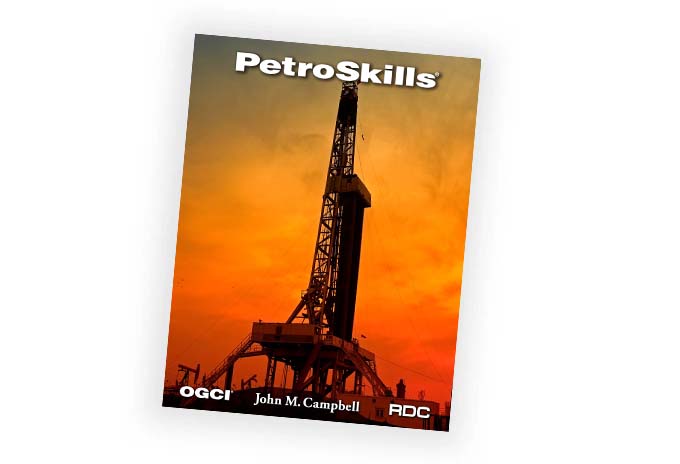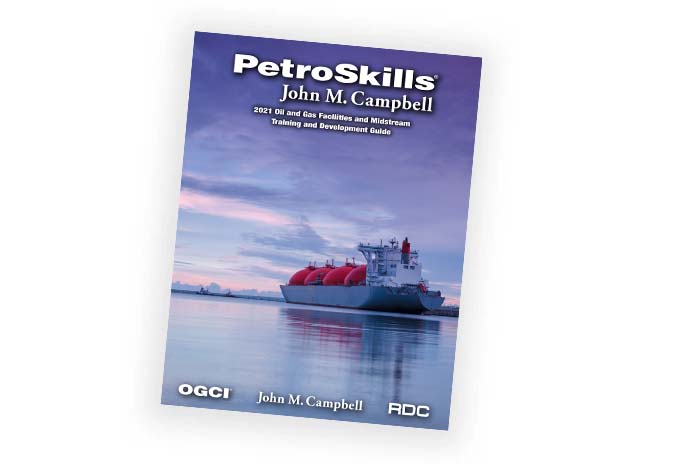Contaminant Removal – Acid Gas and Mercury Removal
e-Learning
About the eLearning Course
This skill module explains the processes of removing mercury and acid gases from a natural gas stream. The skill module also describes the basic amine process flow diagram (PFD) and explains the advantages of using MDEA for removing H2S but leaving CO2 in the gas stream. Also discussed are when to use a Claus sulfur recovery unit (SRU) and a tail-gas-clean-up unit (TGCU) vs. acid gases injection and why liquid product treating may be required.
See demo online learning module
Target Audience
Production and processing personnel involved with natural gas and associated liquids, to acquaint or reacquaint themselves with gas conditioning and processing unit operations. This course is for facilities engineers, process engineers, senior operations personnel, field supervisors, and engineers who select, design, install, evaluate, or operate gas processing plants and related facilities. A broad approach is taken with the topics.You Will Learn
Participants will learn how to:
- Explain why mercury is removed from a natural gas stream, and list two common mercury absorbents
- List the process options for acid gas removal from a natural gas stream
- Describe a basic amine process flow diagram
- Estimate the amine circulation rate, regenerator reboiler duty, and circulation pump power for an AGRU
- State the conditions where a physical solvent may be advantageous over an amine solvent for acid gas removal
- List examples where it may be advantageous to selectively remove H2S from a gas stream but leave some or all of the CO2 in the gas
- Describe the process flow diagram for a standard Claus sulfur recovery unit (SRU)
- Explain why a tail-gas-clean-up unit (TGCU) may be required, and list processes that may be applied
- Describe why liquid product treating may be required, and provide examples of common processes used
- List the advantages of acid gas injection over installation of an SRU and TGCU




